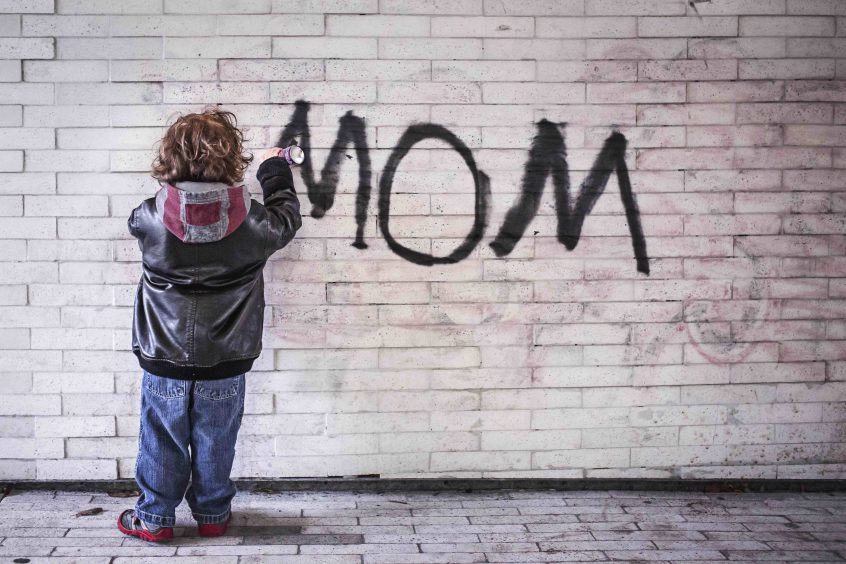It can be very hard to be someone who feels more strongly than others and to behave effectively when experiencing strong emotions. It can also be hard to have a child who feels more strongly than others.
In “Let’s talk about feelings! Dos” I discussed things you can try when helping your children understand and manage their strong emotions. “Let’s talk about feelings! Don’ts” is about responses people commonly have to other’s strong emotions that you can try to avoid. I’m warning you in advance, these “don’ts” are not-always-easy and not-always-obvious. In fact, it’s likely they are all responses that you have had, I know I have. And just like the list of “DOs,” these behaviours will take time, effort and practice to change.
Following are a few things you could try not to do when responding to your children’s strong emotions.
● Try to manage your own emotional response to your child’s distress. In the face of a child’s strong emotions it can be very hard to remain calm. Do what you need to in order to stay calm yourself before you actually respond to your child in times of high distress. Everyone has different ways of managing their emotions; you could pause, take a breath or two or practice some mindfulness.
● Dismissive responses can be unhelpful. Disregarding or invalidating a child’s emotions can make them believe that their emotions are wrong or unimportant. Their feelings can become more confusing than they need to be. For example, when a child is told not to cry when they feel sad, they could start second guessing their feelings and wondering why they feel sad when they should not.
● Try not to encourage distractions all the time. We all know how useful and easy a distraction can be to help a child or young person to feel better. “Oooo…. look at the pretty kitty” even works on me sometimes. By all means, continue to use distraction when you think it is appropriate. However, when we distract kids from their strong and difficult emotions all the time, we can give them the message that it’s not ok to feel bad. And sometimes, when their feelings are so strong that distraction doesn’t work they will need other ways to reconcile and understand what they are experiencing.
● Try not to rationalise, give advice or encourage problem solving too soon. This is something you can move on to after you have validated their feelings. Wait until your child is in a state where they are more open to engage in this kind of conversation. Sometimes you may not even need to.
Each time your child is in distress is a potential learning opportunity, some kids may need to have these same conversations again and again. That’s ok because learning requires repetition. Oftentimes, after they have had an opportunity to make sense of a situation, children are more able to move on to problem solving or to another activity. However, not every problem can be solved which is one reason why learning to understand and tolerate our emotions is important.
Please remember that kids, teenagers and adults come in all shapes and sizes. These ideas are not meant to be rules that are rigidly followed. Try to think about these ideas as general tips that you can make your own. Be creative, make them work for you and your kids and don’t feel obliged to follow them all the time. Rest assured, that using these teaching techniques comes easier with practice and each time you do use them you are making the most of a valuable learning opportunity with your children.
References
Denham, S. A. (2007). Dealing with feelings: How children negotiate the worlds of emotions and social relationship. Cognition, Brain and Behaviour, 11, 1-48.
Faber, A. & Mazlish, E. (2012). How to talk so kids will listen and listen so kids will talk. Picadilly Press: London.
Siegel, D.J., & Bryson, T. P. (2011). The whole-brain child: 12 revolutionary strategies to nurture your child’s developing mind. Scribe: Victoria, Australia.
Share this Post

